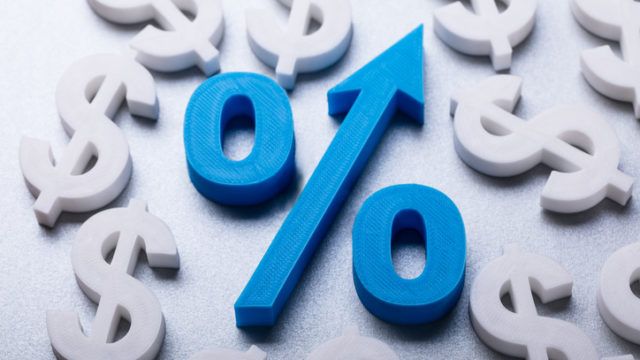Managers of the JP Morgan Asian Total Return Bond Fund have joined others in highlighting the attractiveness of local currency Asia bonds.


Managers of the JP Morgan Asian Total Return Bond Fund have joined others in highlighting the attractiveness of local currency Asia bonds.

Despite risks, selected Asian local currency bonds present a value opportunity, according to Wontae Kim, research analyst at Legg Mason affiliate Western Asset Management.

China’s slowing GDP growth is the biggest risk for Asia bonds, argues Arthur Lau, head of Asia ex-Japan fixed income at Pinebridge Investments.

Yields on Asian US dollar-denominated corporate bonds offer “one of the most enticing entry points to the market for several years,” according to Schroder Investment Management.

Cheap valuations and a more sanguine outlook for the global economy are attracting dedicated Asia bond managers.

A divergence in country-level dynamics and continued China headwinds curb the firm’s enthusiasm for Asian bonds, despite expectations of a broad asset price recovery.

With 61% of her fund’s portfolio in China corporate bonds, Pheona Tsang, head of fixed income at BEA Union Investment, is monitoring rising US interest rates and the impact on Asia bonds.

Among higher-yielding investment choices, Asian local currency bonds have generated fairly consistent returns over the past years, said Kheng Siang Ng, Asia-Pacific head of fixed income at State Street Global Advisors (SSGA).
Part of the Mark Allen Group.
